Vessev launches electric hydrofoil ferry that "flies above the waves"
Maritime transport firm Vessev has developed a fully electric boat that uses hydrofoil technology to reduce energy consumption by up to 90 per cent.
The nine-metre-long VS-9 is designed to transport up to 10 passengers at 25 knots, with retractable hydrofoils that lift the hull out of the water when travelling at speed.
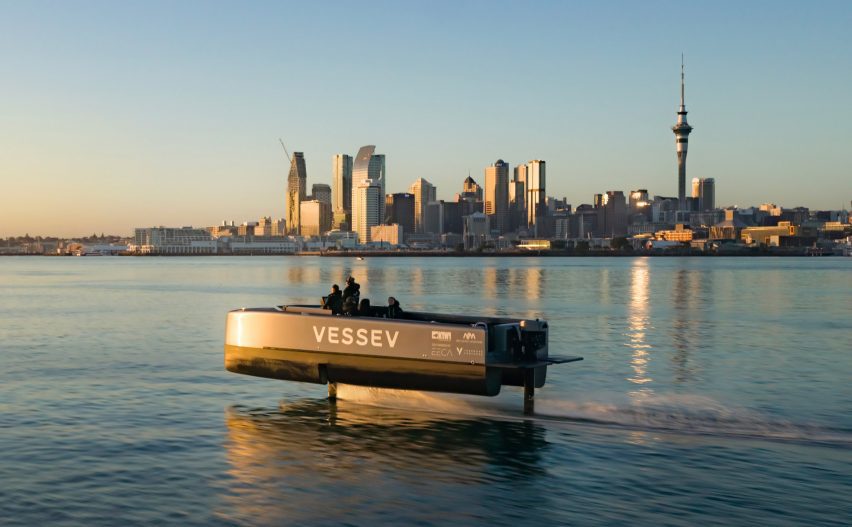
This technology reduces drag and improves efficiency, allowing for a 90 per cent reduction in energy consumption while facilitating a range of up to 50 nautical miles, according to Vessev.
The VS-9 can be charged using existing electric charging points, paving the way for a quick rollout as dedicated infrastructure is not required.
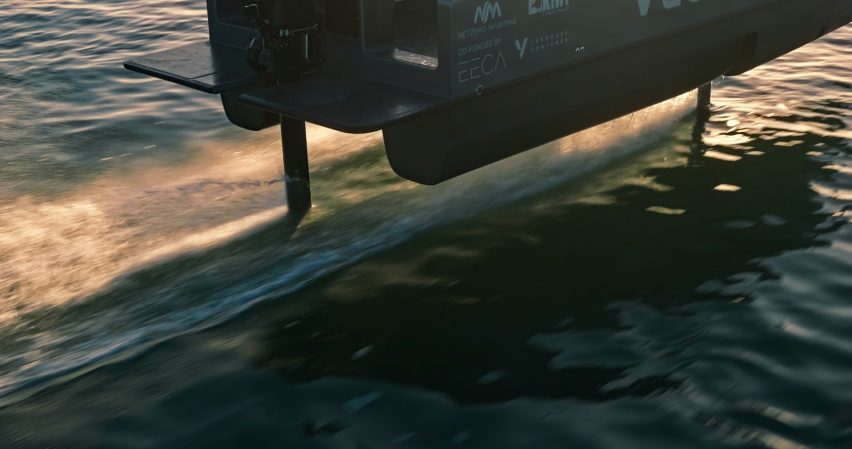
"Our objective is to break down the barriers to adopting electric vessels," said Vessev CEO Eric Laakmann.
"From the outset, our goal was to design a commercial electric vessel that can use the charging capacity already available in many marinas to run serious commercial businesses."
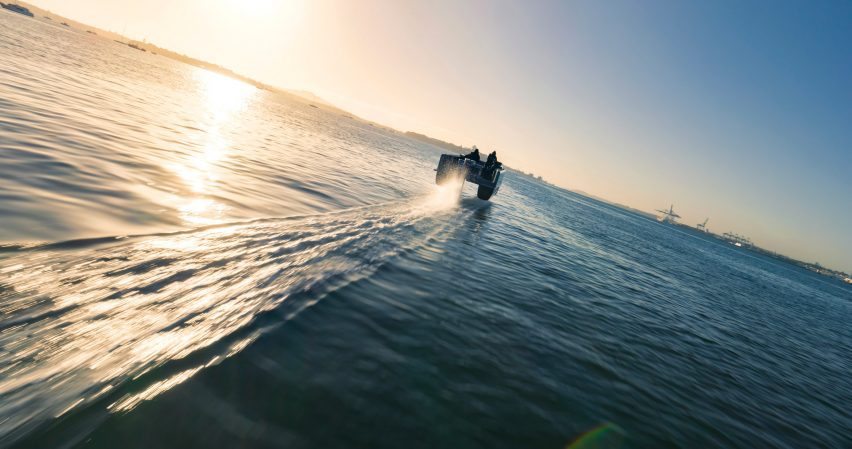
The efficiency of the hydrofoil technology means the VS-9 can take advantage of innovative electric power systems and batteries, allowing for faster charging and reduced operational costs.
In a trial against a petrol-powered boat following the same route, the cost of the electricity used to charge the VS-9 was 25 times less than the cost of the petrol fuelling the chase boat, according to Laakmann.
Sensors linked to a system of underwater flaps constantly adapt to the sea conditions, allowing the vessel to remain stable even in adverse weather.
As the hydrofoils reduce drag, they also ensure a smoother and quieter sailing experience while maintaining a streamlined design.
"Traditionally, larger vessels are required to deliver a comfortable passenger experience as they can handle the impact of waves and wake," Laakmann said.
"By flying above the waves the VS-9 delivers a large vessel experience on an agile platform that can be berthed and charged in nearly any marina."
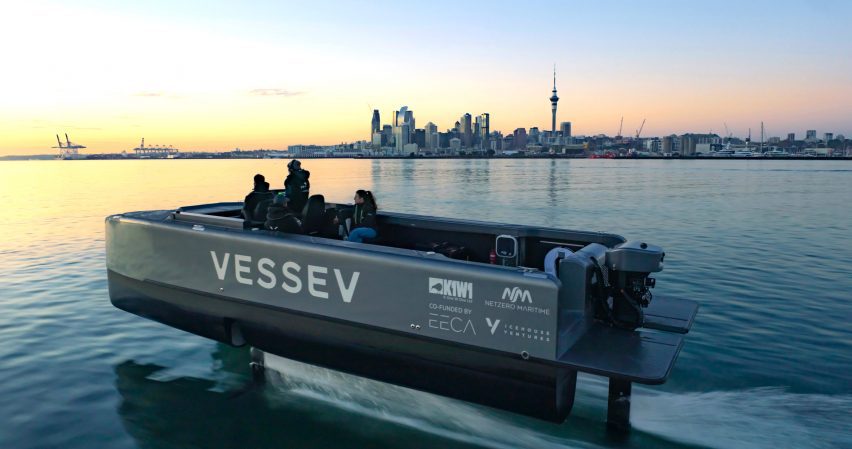
Targeted at commercial sea transport and tourism operations, the VS-9 could open up new routes that are hard to access via traditional ferries thanks to its streamlined design.
The vessel is currently undergoing sea trials at Auckland's Westhaven Marina in collaboration with New Zealand's largest ferry operator, Fullers360, which has committed to running entirely on electricity and hydrogen by 2040.
Elsewhere, Vessev is applying the technologies and design developed for the VS-9 to larger vessels, with plans to create a 100-passenger VS-18 that could offer additional seakeeping capabilities.
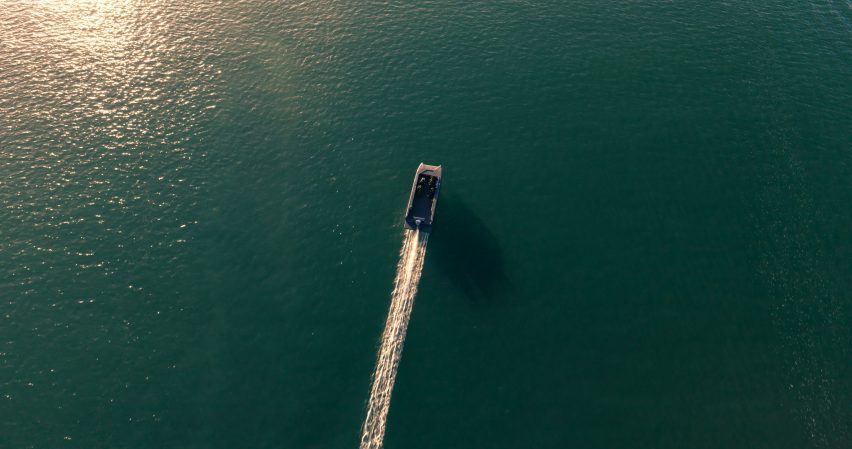
Several companies are racing to make electric boats more efficient and less expensive to help them compete with their fossil fuel-powered counterparts.
Among the first electric boats to make it to market was X Shore – a smaller 5-person vessel that can travel 100 nautical miles on a single charge.